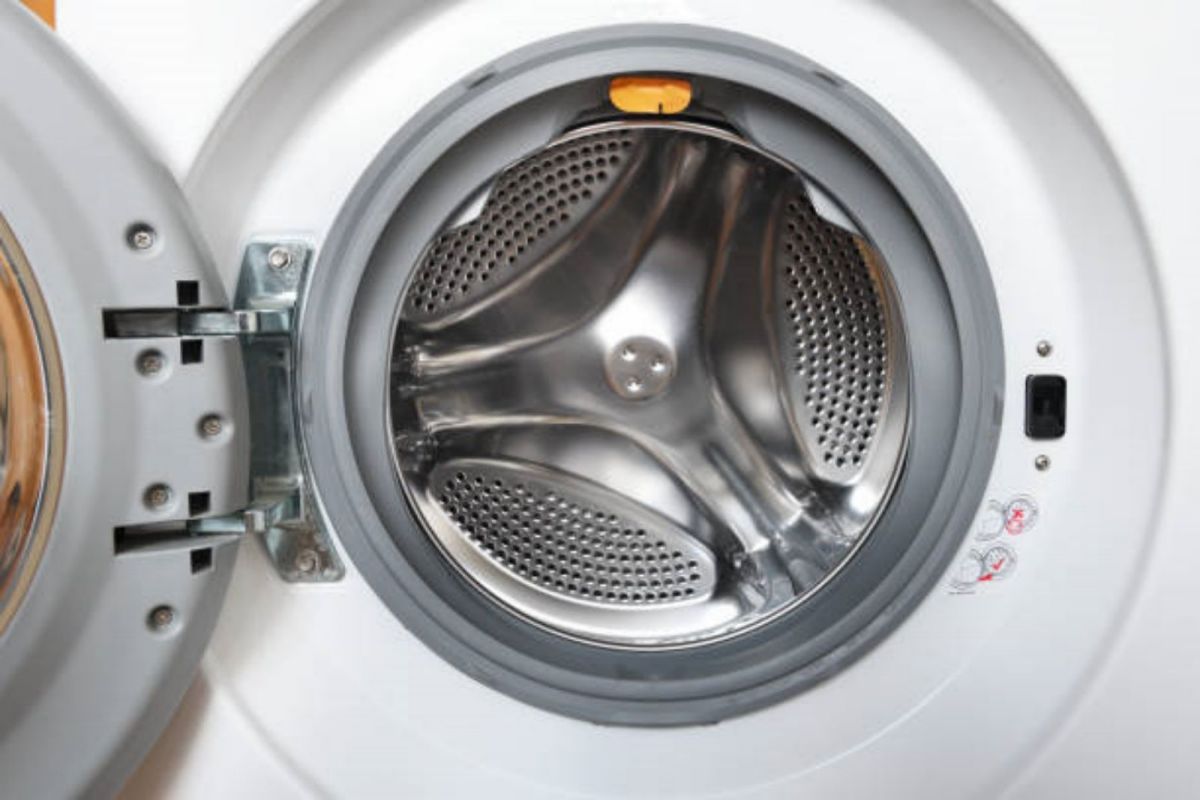Introduction
Welcome to our comprehensive guide on top loader washing machine parts. In this article, we will explore the various components that make up a top loader washing machine. Understanding these parts will help you troubleshoot and fix any issues that may arise with your machine. Whether you are a homeowner or a professional appliance repair technician, this guide is a valuable resource for you.
1. Agitator
The agitator is a central component of a top loader washing machine. It is responsible for moving the clothes around during the wash cycle. The agitator consists of a spindle and fins or paddles that rotate or move back and forth. If your machine is not agitating properly, it could be due to a faulty agitator or worn-out agitator dogs.
2. Drive Belt
The drive belt is a crucial part that transfers power from the motor to the various components of the washing machine. It is usually made of rubber and can wear out over time. A worn or broken drive belt can cause the drum to stop spinning or prevent the agitator from moving. Regularly inspect the drive belt for signs of damage and replace it if necessary.
3. Lid Switch
The lid switch is a safety feature found in most top loader washing machines. It prevents the machine from spinning or agitating when the lid is open. If your machine doesn't start or the cycle stops midway, the lid switch may be faulty. Testing the lid switch with a multimeter can help identify the issue, and replacing it is relatively straightforward.
4. Water Inlet Valve
The water inlet valve controls the flow of water into the washing machine. It is responsible for filling the tub with the appropriate amount of water for each cycle. If your machine is not filling with water or is overfilling, the water inlet valve may be defective or clogged. Cleaning or replacing the valve can resolve these issues.
5. Drain Pump
The drain pump is responsible for removing water from the washing machine after each cycle. If your machine is not draining properly or there is excessive water in the tub, the drain pump may be clogged or malfunctioning. Cleaning the pump or replacing it can solve drainage issues.
6. Timer
The timer controls the duration of each cycle in a top loader washing machine. It advances the machine through each stage, such as filling, agitating, and draining. If your machine gets stuck in a cycle or doesn't advance to the next stage, the timer may be faulty. Replacing the timer can restore proper functionality.
7. Motor Coupling
The motor coupling connects the motor to the transmission in a top loader washing machine. It transfers power from the motor to the transmission, allowing the machine to agitate and spin. If your machine is not spinning or agitating, the motor coupling may be broken or worn out. Replacing the motor coupling can resolve these issues.
8. Suspension Springs
The suspension springs support the weight of the drum in a top loader washing machine. They help absorb vibrations during the spin cycle, ensuring smooth and balanced operation. If your machine is excessively vibrating or banging, the suspension springs may be damaged or stretched. Replacing the springs can restore stability to the machine.
9. Control Board
The control board, also known as the main control or electronic control board, is the brain of the washing machine. It receives input from various sensors and controls the machine's functions. If your machine is not responding to the controls or displaying error codes, the control board may be malfunctioning. Replacing the control board can fix these issues.
10. Drive Motor
The drive motor is responsible for powering the drum and agitator in a top loader washing machine. It converts electrical energy into mechanical energy to rotate the components. If your machine is not spinning or agitating, the drive motor may be faulty. Testing the motor with a multimeter can help determine if it needs to be replaced.

